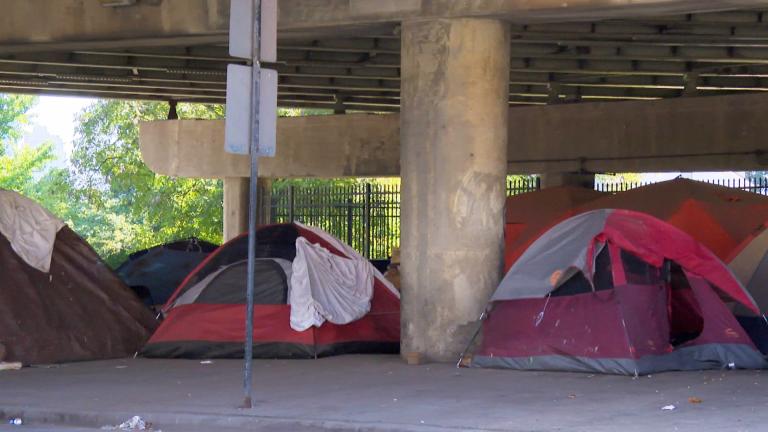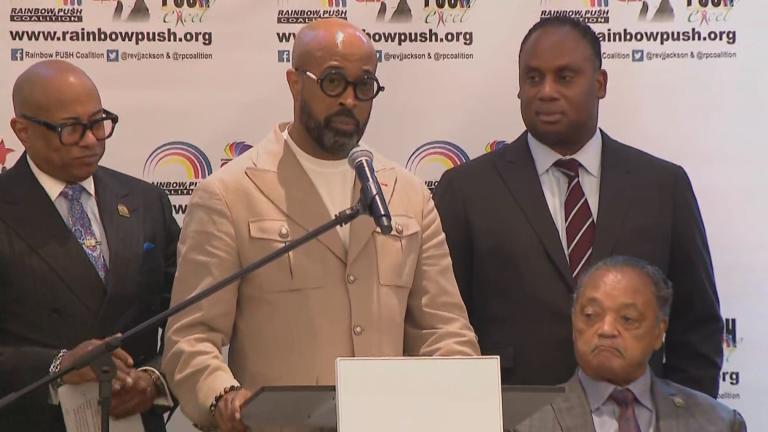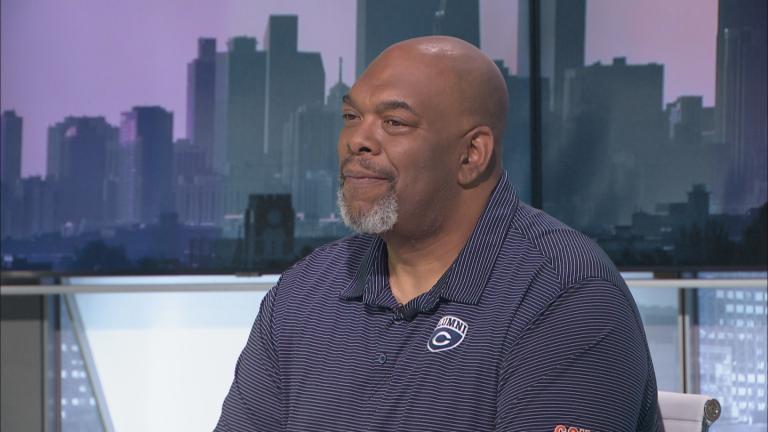Even the staunchest supporters of Illinois’ Invest in Kids program admit that it will take a Hail Mary to save it.
Donors receive state income tax credits for their contributions to the controversial program, which helps some 9,600 students across Illinois attend private and trade schools.
But barring last-minute legislative action, authorization for the program runs out at the end of 2023.
Why is Invest in Kids Ending?
Invest in Kids rolled out in 2018 as a sort of experiment, with a built-in expiration date (it was already extended once, albeit briefly).
It was the brainchild of former Gov. Bruce Rauner, who has since moved to Florida. No one currently in the top echelons of statehouse leadership is fighting to save it.
Rauner’s successor, Gov. J.B. Pritzker, said in October that he would sign an Invest in Kids reup if it reached his desk, but he has not been active in attempts to revive the program.
While Invest in Kids has supporters on both sides of the aisle, it doesn’t appear to have enough support. With only one scheduled day in the legislative session left this calendar year, lawmakers will likely not have to take a public stance. A measure that would revise and extend the program (House Bill 4194) has only four sponsors and hasn’t advanced since its introduction a couple weeks ago.
What’s the Argument for Invest in Kids?
Advocates say everyone — not just those with means — should have the option to send their children to their school of choice.
Stacy Moore’s son Wyatt was young when he was diagnosed with ADHD and Asperger’s syndrome, and she said Wyatt struggled from kindergarten through fifth grade.
“He got bullied really bad in school, couldn’t focus, his grades were slipping,” Moore said. “It was even a point when I couldn’t even get him out of bed, he would cry and begged me not to go to school.”
The single mom enrolled him at Christian Life Schools in Rockford for sixth grade.
“I’d like to say that it was easy moving him into private school,” Moore said. “It was not. Not only was he really far behind the curve from public school, but I was working two jobs to be able to afford tuition. They have a graded tuition where they did offer a scholarship to help, but I was still paying quite a few hundred bucks to send him to school.”
But Wyatt improved, she said. He did a “complete 180, joined the basketball team, was on chess club, grades went from Ds and Fs to As and Bs.”
The financial side got better, too, when Wyatt received a grant via Invest in Kids.
Moore said she was “even able to afford to get my other son (who attends public school) braces.”
While her other child thrives in his public school, she said Wyatt wouldn’t survive there.
So, she said, she’ll search for a second job to afford the tuition. “I’ll be working basically 7:30 in the morning to probably about 10 o’clock at night and asking my mom who’s retired to help me take care of my children.”
Taxpayers can get credits for a lot of things, Moore said — buying an electric car, for example.
“Why not to our children?” Moore asked. “Why not get those tax credits to under-needed children in our communities that could use a boost?”
She said she’s saving the overburdened public school district money by taking her son out and sending him to a private school. It “frees up that teacher to focus on the other students.”
Advocates worry about students whose parents already work multiple jobs, or otherwise won’t be able to pay the tuition.
“It’s downright cruel to yank the road from out from under these kids,” said Rabbi Shlomo Soroka of Agudath Israel of Illinois.
What’s the Argument Against Invest in Kids?
Invest in Kids doesn’t directly take money from public education — rather, K-12 schools have seen increases since the law passed in 2017. Still, every tax credit dollar given to an Invest in Kids donor is a dollar essentially taken from the state’s coffers — money that could go toward public schools.
According to the state’s Evidenced Based Funding (EBF) model, schools statewide would need upwards of $3 billion to be fully funded.
“This is not a path for poor Black and Brown kids to private schools, this is a path to defund public education and give wealthy people tax breaks in the bargain,” Illinois Federation of Teachers president Dan Montgomery said. “This is the kind of stuff that (Florida Gov.) Ron DeSantis and (Texas Gov.) Greg Abbott are throwing down with. It’s part of the greater right-wing plan to defund public education, and it doesn’t have any place in Illinois.”
Montgomery said he’s fine with families sending their children to private schools; it’s just that public money shouldn’t be used for that purpose.
And if people want to help poor families afford private school tuition, they should do so out of the goodness of their hearts, he said.
“You can’t convince me that any condition in schools means we should spend less on public education and give more public money to private ventures,” Montgomery said. “The great achievement of the American experiment is free public education for everyone. And the vast majority of children in the city, state and this country go to public schools.”
He said if there are faults with public schools, the answer is to make them better — not to divert, even in a roundabout fashion, funds from them.
“There is a role for private education,” Montgomery said. “If the Bruce Rauner and Ken Griffins believe in this program so much, then why don’t they fund it without the 90% tax rate, if they have such big hearts? They have big pocketbooks.”
Montgomery said even if Illinois were to extend the program to ensure students that depend on Invest in Kids now don’t get cut off, there would be no real end to the cycle — a new cohort of students would begin.
What’s Next?
The program will expire Dec. 31, barring last-minute legislative action, meaning students won’t have scholarships to depend on next school year.
Catholic leaders expect some schools to close as a result.
There could also be a last-minute rush of donors, seeking to get a tax credit before the year’s end.
Advocates say they will again press for legislative action when the General Assembly’s session begins in earnest in 2024. They’re pushing a compromise that would roll back the total amount of the tax credit Illinois offers and lowers the tax credit individual donors could receive. That plan also gives donors a higher tax credit if they fund a scholarship for a student from an underserved community — it’s a means of increasing the number of students of color partaking in Invest in Kids.








